Ham Rong Bridge in 1964. Photo: Document
In new warnings about the failure of the US in the Vietnam War, John A.Mc.Cone, Director of the US Central Intelligence Agency, said that "We (the US) will be bogged down in the jungle fighting, with a military effort that we (the US) cannot win and will also find it very difficult to withdraw". This reality forced the US empire to re-evaluate that, if the National Liberation Front occupied South Vietnam, it would "not only destroy the SEATO bloc, but also destroy confidence in US commitments elsewhere". At the same time, key officials at the White House and the Pentagon agreed that the cause of the failure of the "Special War" strategy was due to "the instigation and command of the Northern Communists". Therefore, "the US must commit to the goal of preventing communism" by bombing North Vietnam, combined with gradually sending a part of US combat troops to the South.
Although in the process of calculating options for escalating the war, there were some opinions in both houses of the US Congress expressing hesitation or disapproval. However, those "opposite" opinions were not enough to overcome the key "hawks" in the L. Johnson administration, when they believed that "bombing North Vietnam to some extent would make the Viet Cong less active". Meanwhile, the US Ambassador in Saigon, Mx. Taylor, telegraphed Washington reporting that the situation in South Vietnam was very dangerous and suggested "a carefully coordinated bombing" against North Vietnam, which was approved by the Joint Chiefs of Staff. Therefore, the Deputy Secretary of Defense in charge of security issues, Mc. Brown, was assigned the task of drawing up a specific plan to provoke the North, in order to "create a good reason for us (the US) to escalate if we (the US) wanted to".
To carry out this plot, in the winter of 1964 and the spring of 1965, US President L. Johnson ordered the increase of air force activities in Laos, conducting reconnaissance, bombing targets suspected of having Vietnamese and Pathet Lao troops stationed... In Vietnam, the US launched an attack codenamed 34A and Desoto patrols in the Gulf of Tonkin, considering it as covert military pressure against the Democratic Republic of Vietnam. In the 6 months before the Gulf of Tonkin incident, the US Air Force and Navy conducted reconnaissance and provocation activities in North Vietnam, while the US National Security Council drafted a plan to expand the war in order to get Congress to pass a resolution granting the President the authority to use US armed forces to deal with the crisis in Vietnam, which the L. Johnson administration "considered equivalent to a declaration of war". However, after 4 months of “secret” bombing of the North (since August 5, 1964), the US could not threaten our people, could not prevent the support of the large rear for the large front line in the South. Meanwhile, the attacks of the liberation armed forces on US bases and the Saigon army grew larger and larger, causing the Saigon government to fall into chaos, with the risk of rapid collapse.
To save the Saigon government and carry out the plot to keep South Vietnam in the US orbit, turning this place into an "anti-communist outpost" in Southeast Asia, President L. Johnson instructed the joint research group of the Department of Defense and the Department of Foreign Affairs to discuss, outline methods, and choose the US policy in Vietnam. In which, option A was to conduct retaliatory bombings of North Vietnam, increase coastal attacks according to plan A34, continue to patrol the Gulf of Tonkin with destroyers, step up bombing of infiltration targets in Laos with T28 aircraft, and seek to implement reforms in South Vietnam. Option B was to bomb North Vietnam at a rapid and intense pace, including bombing Phuc Yen airport near Hanoi and important bridges along the highway and railway connecting to China until the US demands were fully met. Option C was “gradual strangulation,” striking infiltration targets first in Laos and then in North Vietnam, then other targets in North Vietnam. This included the possibility of U.S. ground troops in the north of South Vietnam as a bargaining chip.
In December 1964, President L. Johnson approved the implementation of Option A for 30 days, followed by Option C. With this decision, the Vietnam War entered a new, more fierce phase. On February 13, 1965, L. Johnson officially approved the "Rolling Thunder" plan, escalating the bombing of the North to the 19th parallel. On March 8, 1965, two US Marine battalions No. 1 and No. 3 of the 9th Marine Expeditionary Brigade landed in Da Nang. On April 1, 1965, L. Johnson decided to send more US combat troops to Vietnam and increase the air force and navy to attack the North more strongly and continuously, with the aim of making "Hanoi's backbone softer". From there, Hanoi was forced to accept the negotiation conditions imposed by the US, such as not being given spiritual support and material aid for the revolutionary movement in the South and Laos; withdrawing cadres and troops from South Vietnam and Laos...
In the plan to bomb North Vietnam, discussed in detail by the US War Council at a closed meeting in Honolulu, there were 94 targets to be attacked. The targets in the plan were called “fixed targets” or “numbered targets”. In particular, the US military identified 60 traffic jams in the North Vietnam transportation system and typical jams were bridges. In particular, the Ham Rong area, located on the 20th parallel, was identified as an “ideal jam”, the “end” of the panhandle area. At the meeting of the US National Security Council (night of February 10, 1965), Gran-sap - US Commander in the Pacific proposed that the White House use B52 bombers to attack Ham Rong bridge. President L. Johnson did not accept that proposal, but planned to launch many combined bombing campaigns including air force and navy to attack the Ham Rong area and surrounding areas.
Ham Rong area includes Thanh Hoa town and 3 communes Hoang Long, Hoang Ly, Hoang Anh (formerly belonging to Hoang Hoa district) with an area of over 50km2 and about 100,000 people. This is the economic, political, cultural center and holds an important position in national defense, where many central agencies (55 provincial and municipal agencies), factories, warehouses, wharves, stations, and shops of the Central and local governments are concentrated. At the same time, it is the place where important water and land traffic hubs for both the North and the South are concentrated. By attacking Ham Rong, the US imperialists not only hoped to effectively prevent support from outside to the North and from the North to the South; to besiege and isolate the resistance of our people in the South; but also to destroy the economic and defense potential, sabotage the construction of socialism of the people in the North, intimidate the spirit, and shake the will and determination of our people to resist. Through the power of the air force and navy in bombardment, they hope to strengthen the spirit of American soldiers as well as politicians in the new type of war that the US is trying to conduct in South Vietnam.
And the reality happened exactly as the American imperialists had planned. However, under the wise and talented leadership of the Party Central Committee, the army and people of the North "welcomed" fairly the escalation of attacks by the American invaders. Of these, the two days of April 3 and 4, 1965 went down in history as the days of the most tenacious fighting and glorious victory of the army and people of Thanh Hoa. Then, Ham Rong - where the legendary bridge is located - became a shining symbol of the spirit of determination to fight and win of our army and people on the front line against the Americans to save the country.
Le Phuong
The article uses materials in the book "History of the resistance war against America to save the country 1954-1975, volume IV).
Source: https://baothanhhoa.vn/am-muu-lam-cho-cot-xuong-song-cua-ha-noi-mem-di-244311.htm





![[Photo] Looking back at the impressive moments of the Vietnamese rescue team in Myanmar](https://vstatic.vietnam.vn/vietnam/resource/IMAGE/2025/4/11/5623ca902a934e19b604c718265249d0)


![[Photo] "Beauties" participate in the parade rehearsal at Bien Hoa airport](https://vstatic.vietnam.vn/vietnam/resource/IMAGE/2025/4/11/155502af3384431e918de0e2e585d13a)


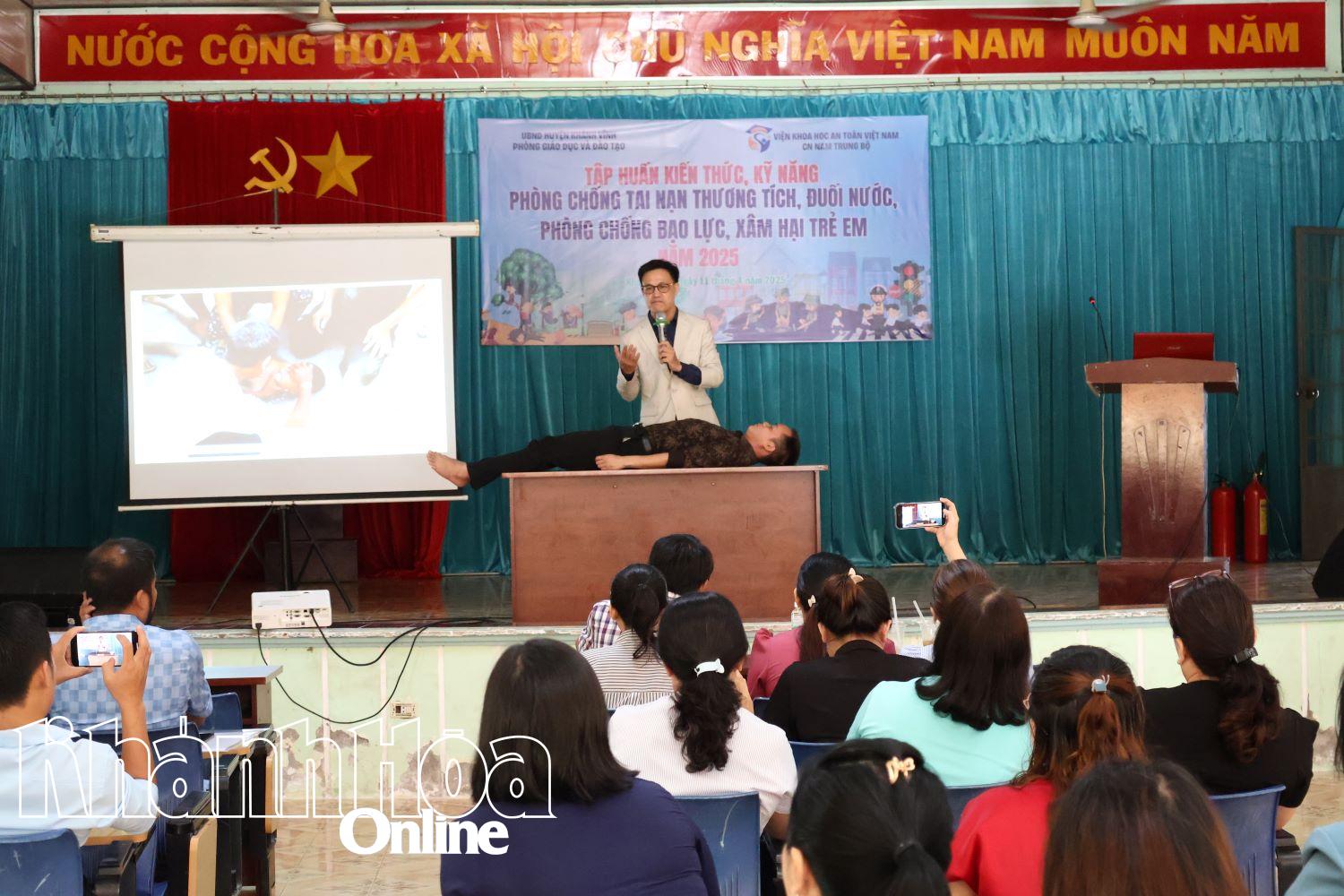
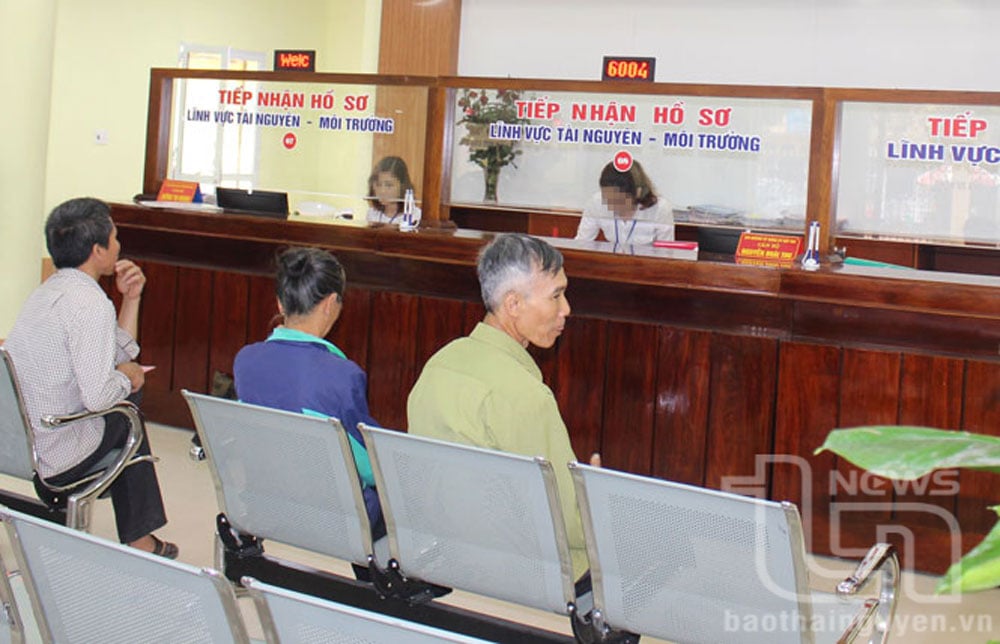
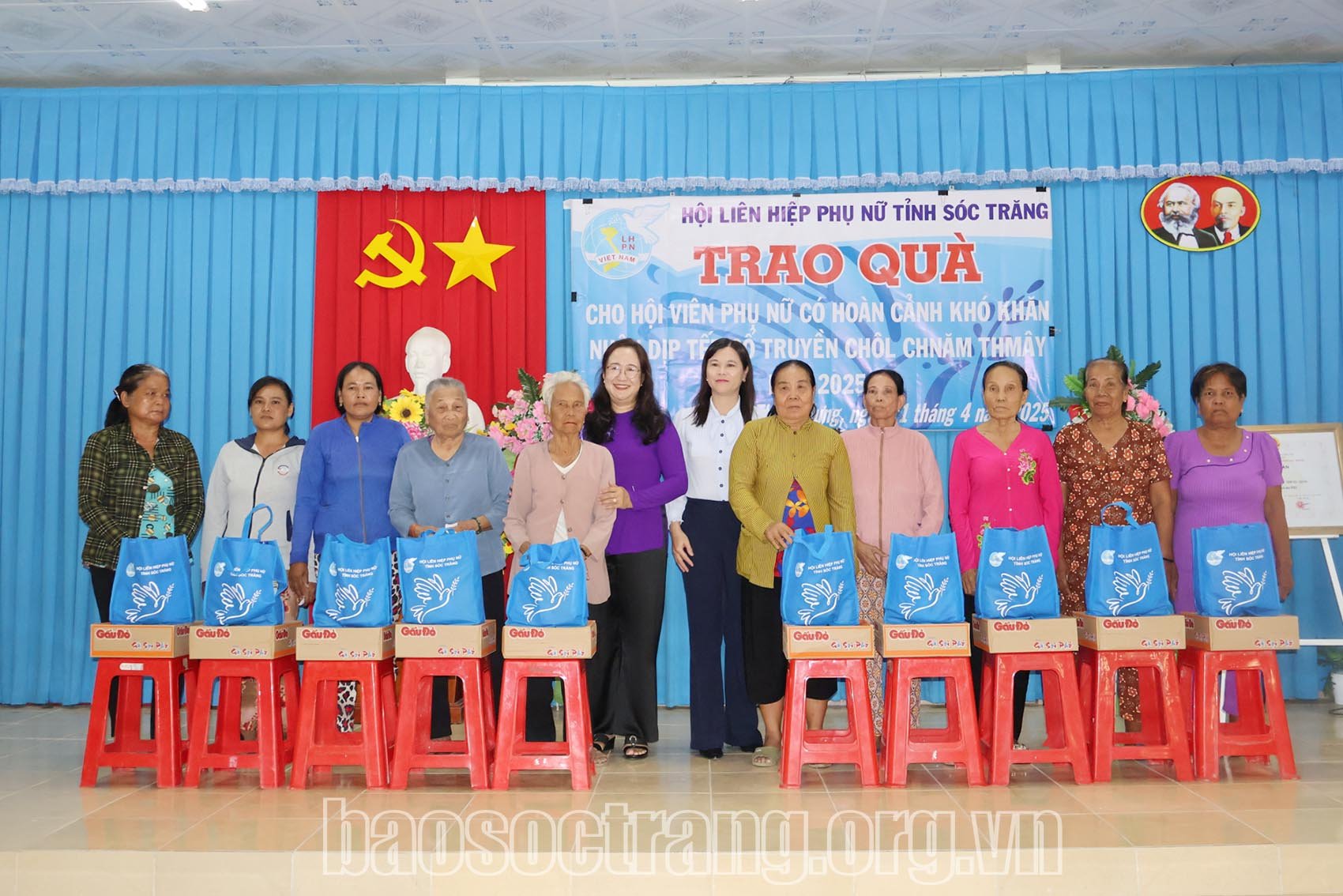
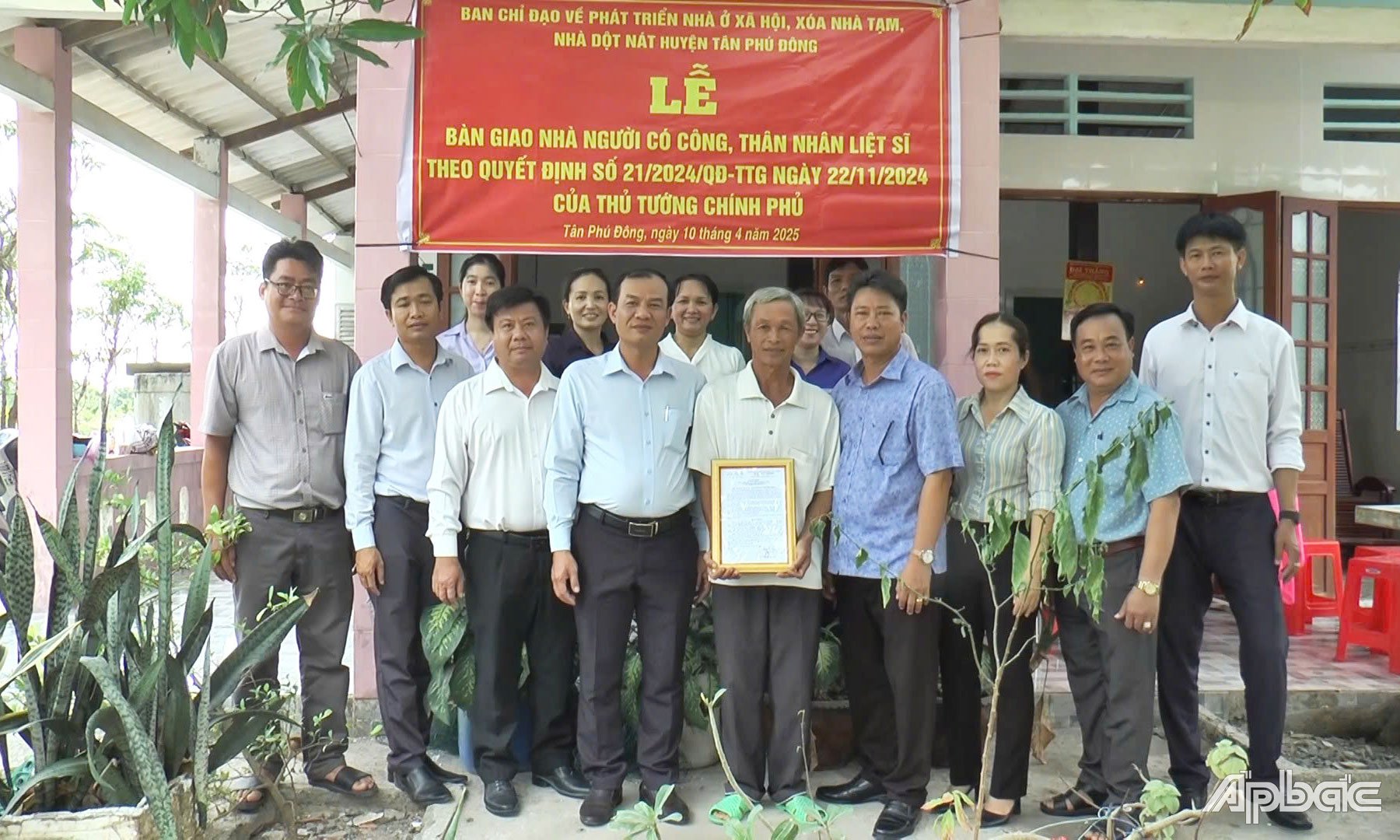


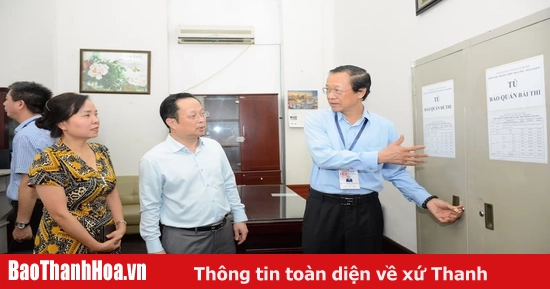

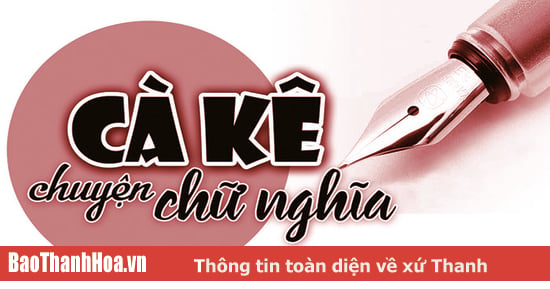

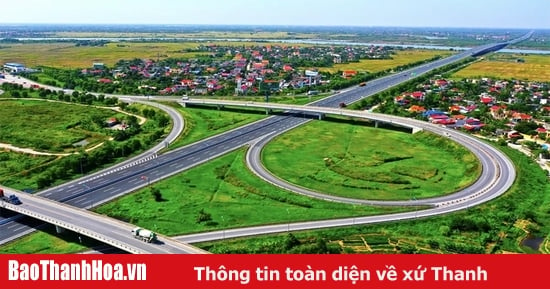
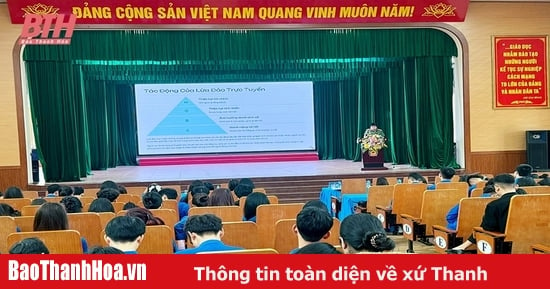
![[Photo] Summary of parade practice in preparation for the April 30th celebration](https://vstatic.vietnam.vn/vietnam/resource/IMAGE/2025/4/11/78cfee0f2cc045b387ff1a4362b5950f)











































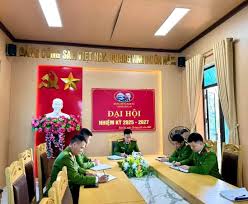
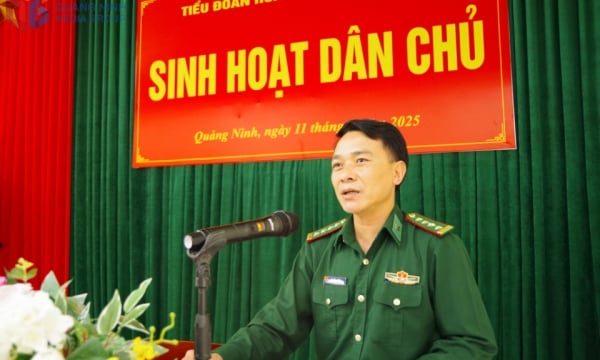
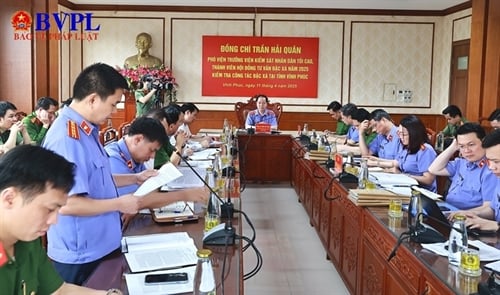



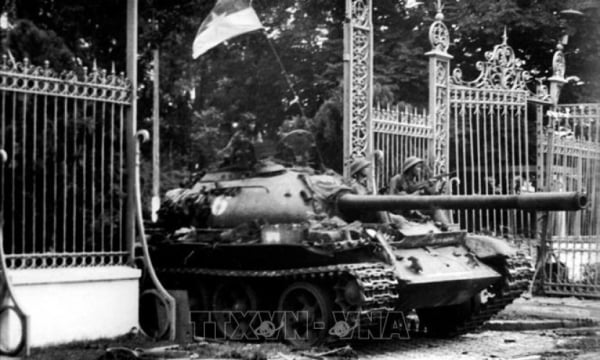










Comment (0)